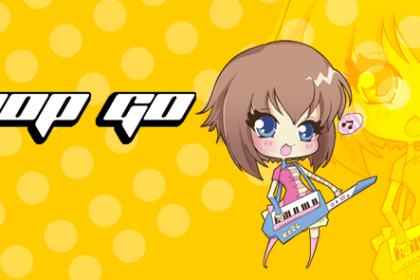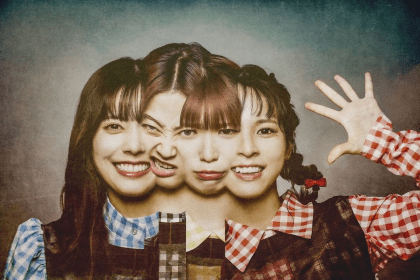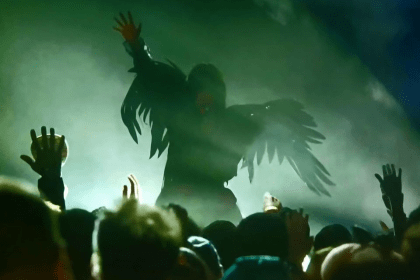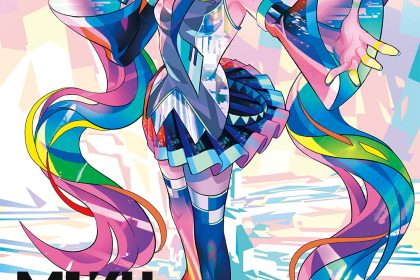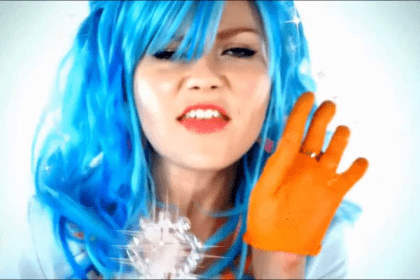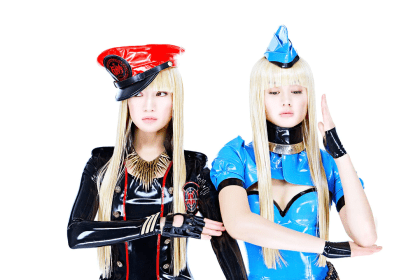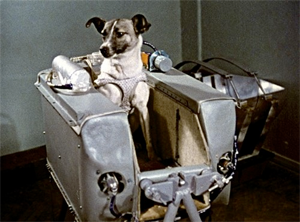 This week in November marks a particular landmark in the history of the Russian space programme. On 3rd November 1957 the Russians sent a dog into space onboard Sputnik 2. The dog, named Laika, has since become a legendary, if unusual, figure in the story of space exploration.
This week in November marks a particular landmark in the history of the Russian space programme. On 3rd November 1957 the Russians sent a dog into space onboard Sputnik 2. The dog, named Laika, has since become a legendary, if unusual, figure in the story of space exploration.
Laika’s story is not only remarkable for the achievement of the first animal to be launched into orbit, but also because her story became blurred and hidden beneath a dense layer of Soviet PR.
Sadly, Laika was never destined to survive her trip into space. The mission had been put together very quickly and the option for recovery had not been part of the plan. Pressed for details, the Soviets claimed that Laika had died peacefully after being euthanized with drugged food after spending six days in orbit. The truth only emerged years later when it was revealed that Laika had actually only lasted hours due to a failure with the thermal control system on the spacecraft. Sputnik 2 eventually fell back to earth after five months in orbit, disintegrating on re-entry.
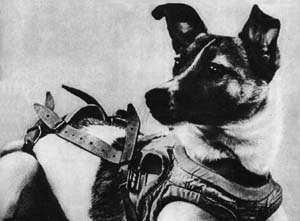
Laika’s story became one of many stories from the Russian space programme where it was difficult to separate fact from fiction. During a period of an intense propaganda war between the Soviets and the West, it wasn’t always possible to be sure about whether or not the presented facts about the early days of the Russian space programme were accurate or not.
Over the years many odd anecdotes, stories and plain hoaxes have emerged. Some of the most controversial have come under the label of ‘Lost Cosmonauts’ – tales of early space pioneers who perished in orbit, but whose stories were then covered up by the Soviet authorities. Possibly the most infamous of these is the Torre Bert recordings. In 1961 the Torre Bert listening station in Italy claimed to have picked up transmissions of a Russian woman’s distressed voice broadcasting from space as her craft was breaking up on re-entry. Another transmission suggested that some cosmonauts had sent a distress call as their spacecraft was heading lost into deep space. The claims were challenged for a variety of reasons, including the fact that no ship is capable of radio transmissions during re-entry. Plus, the alleged cosmonauts do not appear to be using the correct protocol or technical terms when making the alleged transmissions.
Soyuz 2 was an apparently unmanned spacecraft launched in 1968 as an experiment in orbital docking. However, in 1993 an American journalist claimed that the ship was in fact manned by cosmonaut Ivan Istochnikov – and that he also went up with another space dog, named Kloka. The revised story suggested that Istochnikov and Kloka had embarked on a space walk – and then never returned. Subsequently the truth of the mission had been quietly erased by the Soviet authorities. This story was later revealed as a hoax conducted by Spanish artist Joan Fontcuberta. As part of a conceptual art project, Fontcuberta had gone to great lengths to fabricate documents and mission data. Some publications had missed out the fictional element and decided to print the story as factual.
But the concept of Russian space dogs lost in the heavens clearly had an influence on Japanese musician Akino Arai. Inspired by the story of both Laika and Kloka, Arai penned the song Sputnik which appeared on her album Furu Platinum, which was released in 2000. The song also includes a spoken intro taken from a Russian poem which was also used as part of Fontcuberta’s original Sputnik exhibition.
‘Sputnik’ is a haunting song which manages to conjure evocative and wistful emotions. It’s a perfect example of Arai’s talents as an artist who has been busy for many years in the Japanese music scene. At times, she calls to mind singer songwriters such as Rie Fu, whilst having an unmistakable unique sound.

Akino Arai is probably best known for her work on anime theme songs for the likes of Outlaw Star, Macross Plus and Noir. She’s also performed alongside notable artists and outfits such as Luna Sea, Toko Kanno and Yoyo Yula. She was also once part of a group called Marsh-Mallow (which we can only approve of!).
Arai originally made her debut back in 1986 with the song ‘Beautiful Star’, used as the theme song for anime Windaria. She’s probably best known however for the song Voices which was used as part of the hugely popular Macross Plus series. She also composed ‘Ningyo Hime’ which was used as one of the ending themes for Chobits.
More recently, Arai contributed to the music for the film Gedo Senki – better known to Western audiences as the Studio Ghibli production Tales From Earthsea. Arai composed the theme song (in a collaboration with Hisaaki Hogari).
Arai’s popularity has also been built on live performances, particularly at conventions and events. She’s also managed to achieve a global audience following her first European concert in Berlin and a further show in Paris. Her latest release was the twin albums Red Planet and Blue Planet earlier this year.
The story of Laika the little dog that was given to space is very sad, but perhaps the beauty of songs such as ‘Sputnik’ demonstrate that despite being a victim of the early days of the space programme, Laika can inspire ideas and creativity that will keep her memory alive.
Akino Arai Website:
http://www.jvcmusic.co.jp/akino

